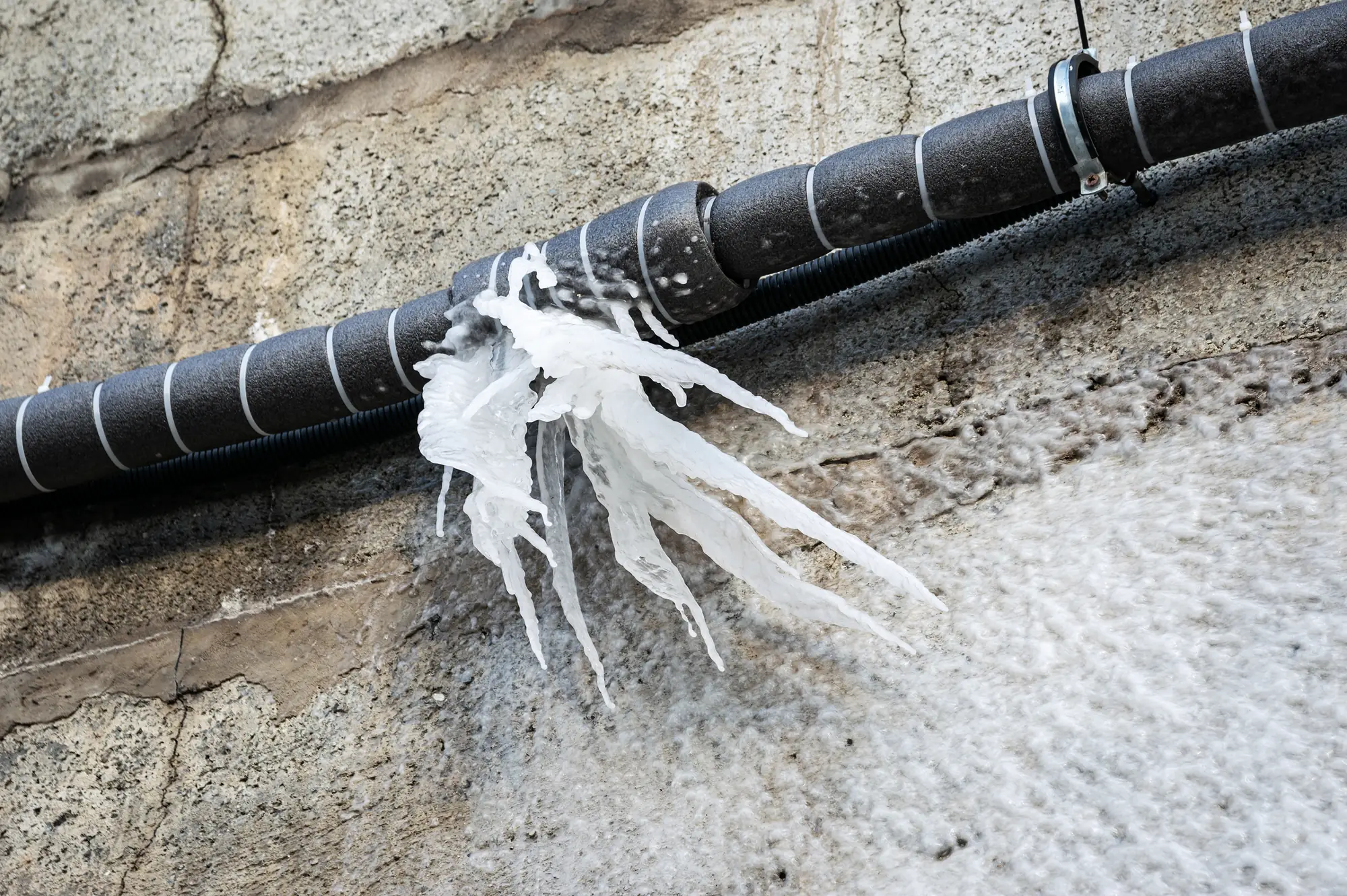
Hear From Our Customers
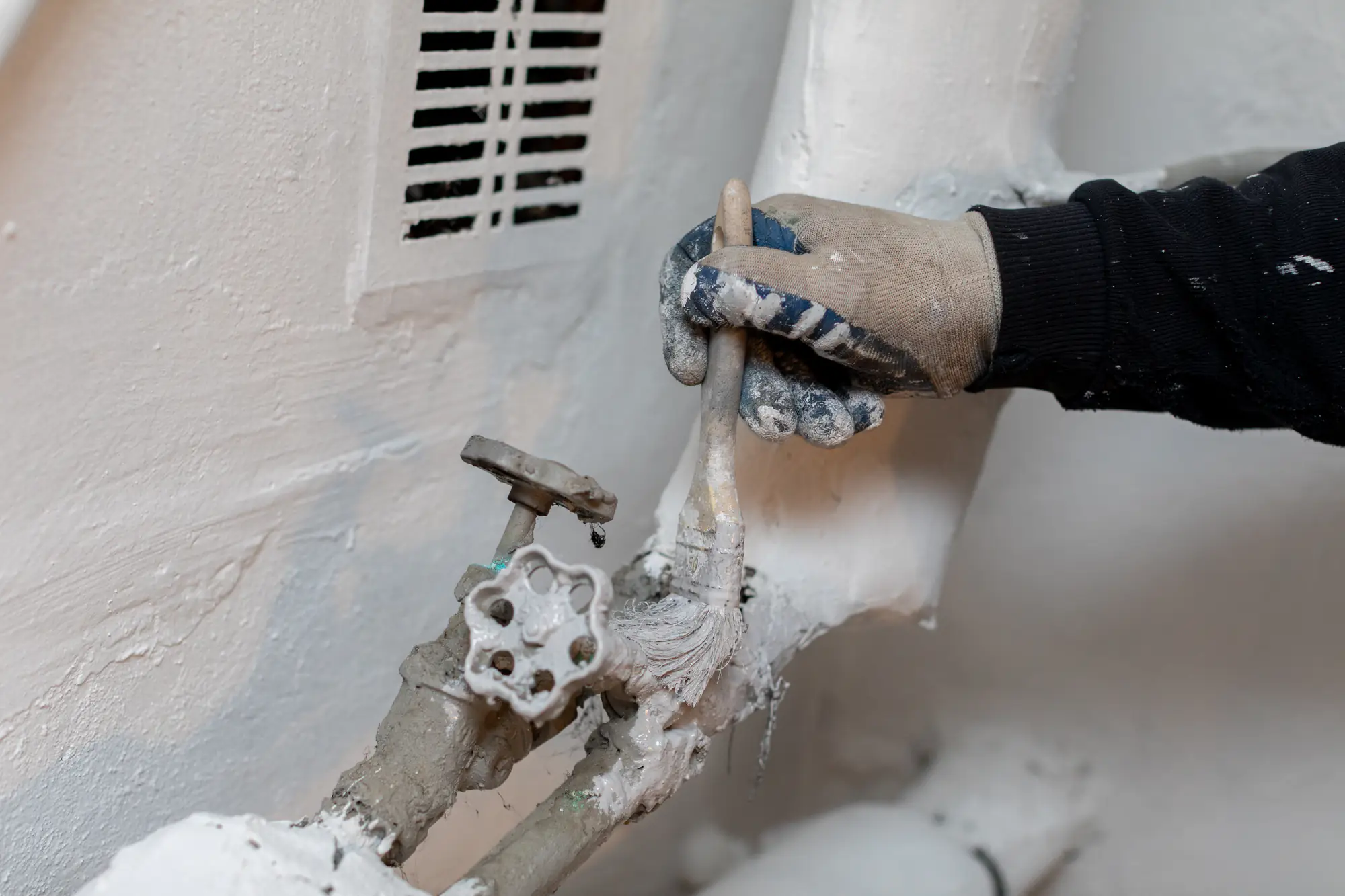
When your pipes freeze in Palos Heights, every minute counts. That trickle from your faucet turns to nothing. Your morning routine stops cold.
We get your water flowing again before a frozen pipe becomes a burst pipe disaster. No more cold showers. No more worrying about thousands in water damage. Just reliable water pressure and peace of mind knowing your plumbing system works like it should.
Your home stays warm and dry. Your family stays comfortable. And you avoid the headache of dealing with insurance claims and water damage restoration.
Go-Rooter Emergency Plumbers has served Cook County since 2001. We understand what Palos Heights winters do to your plumbing.
When temperatures drop below 32 degrees—which happens regularly here—your pipes are at risk. We’ve thawed thousands of frozen pipes across the southwest suburbs. We know which homes are most vulnerable and why.
Licensed, bonded, and insured with a one-year warranty on all work. When your neighbors need emergency plumbing, they call us. Same-day service, upfront pricing, and technicians who show up when we say we will.
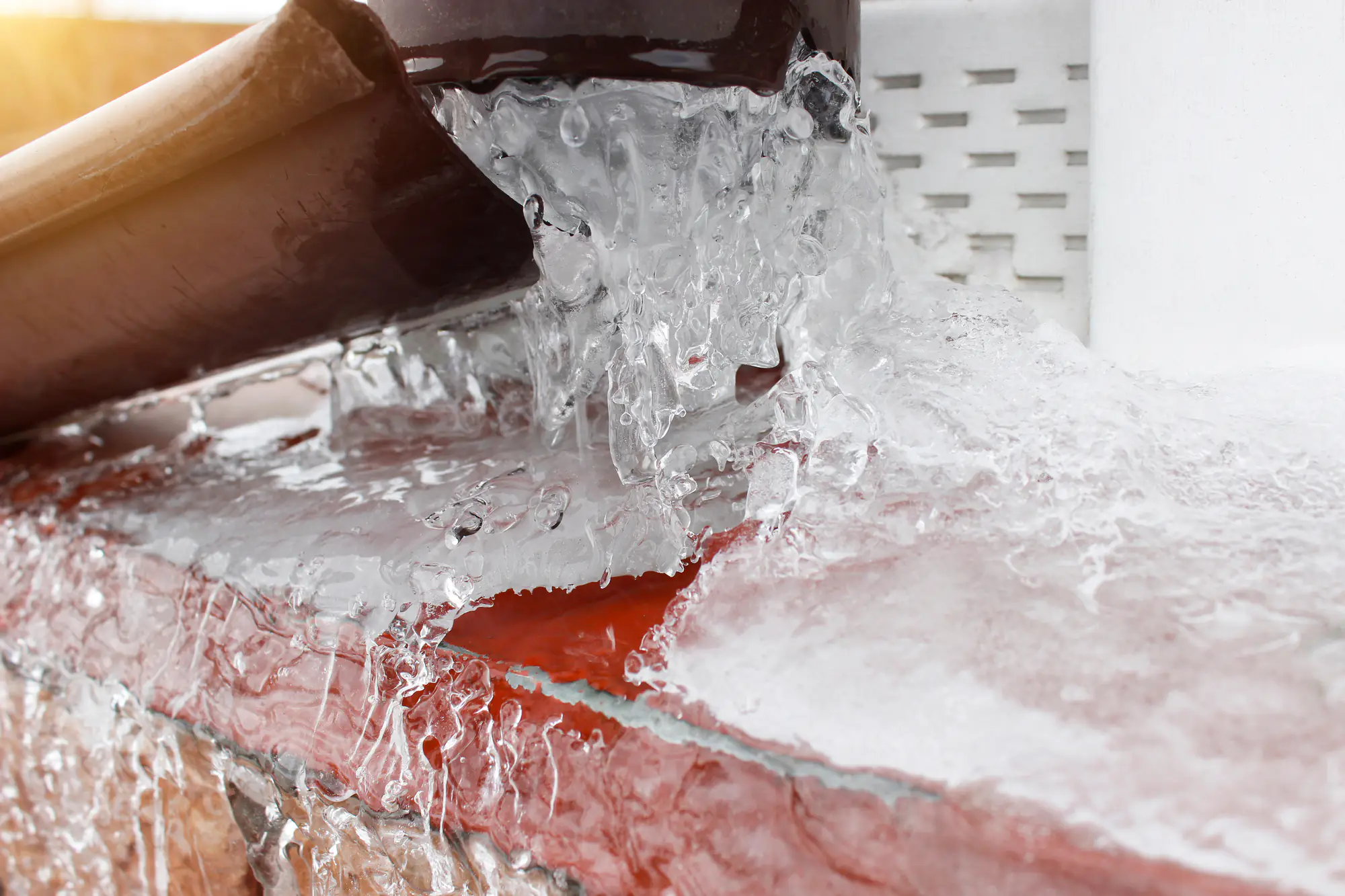
First, we shut off your main water line to prevent flooding if there’s already a crack. Then we locate exactly where the freeze occurred using professional detection equipment.
We use specialized thawing equipment—not dangerous open flames or makeshift heating methods. Our electrical thawing systems safely warm your pipes from the inside out, melting ice without damaging the pipe walls.
Once water flows freely, we test your entire system for leaks or cracks. If we find damage, we repair it immediately using quality materials. Before we leave, we’ll show you how to prevent this from happening again and check other vulnerable areas in your home.
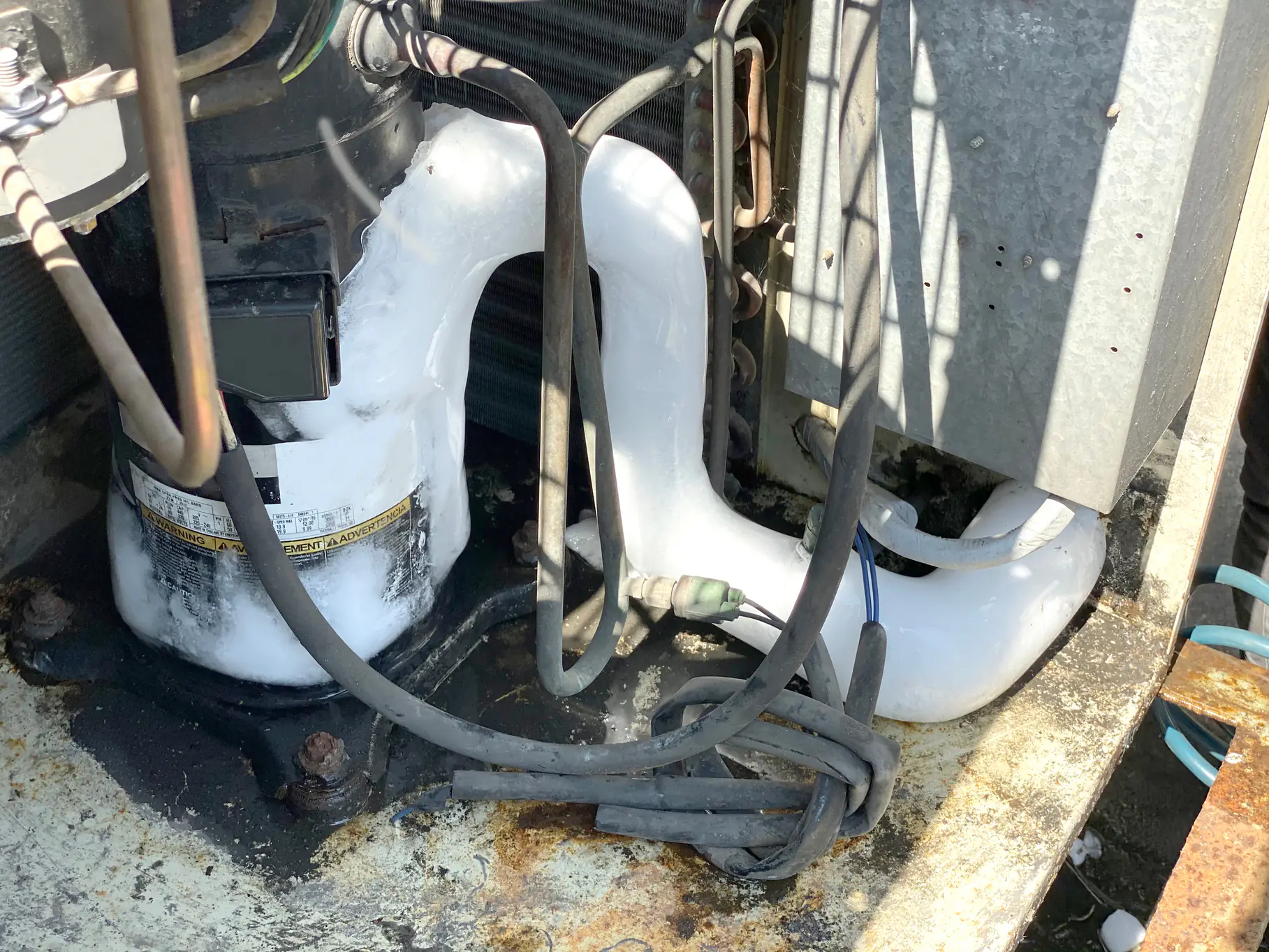
Ready to get started?
Complete frozen pipe repair including detection, thawing, and leak repair if needed. We also inspect your entire plumbing system to identify other at-risk areas before they freeze.
In Palos Heights, the pipes most likely to freeze are those in basements, crawl spaces, and along exterior walls. Homes built before 1980 are especially vulnerable due to older insulation and pipe placement. We know these local conditions and check accordingly.
You also get prevention advice specific to your home’s layout and our harsh winters. We’ll show you which faucets to drip during cold snaps, how to maintain proper basement temperatures, and when to call us before a problem starts.
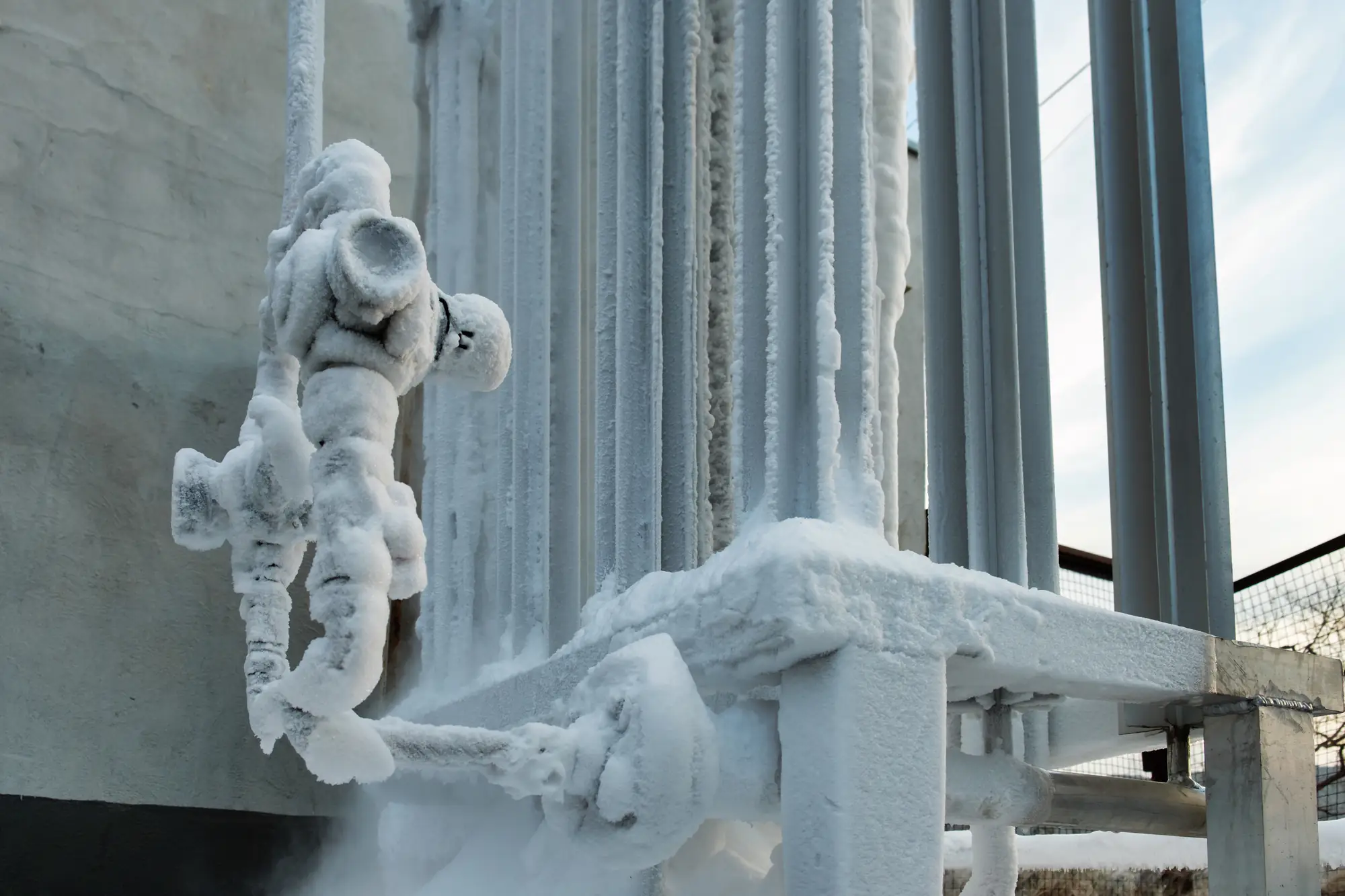
We offer 24/7 emergency service and typically arrive within 1-2 hours of your call. During severe cold snaps, we prioritize calls based on urgency and potential for pipe bursts.
Our trucks are fully stocked with thawing equipment, so we can start work immediately upon arrival. We don’t need to make multiple trips or wait for parts. Most frozen pipe situations are resolved within 2-3 hours, depending on the location and extent of the freeze.
Pipes freeze when water temperature drops to 32°F or below for several hours. In Palos Heights, this typically happens when outdoor temperatures hit 20°F or lower, especially with wind chill.
The most vulnerable pipes are in unheated basements, crawl spaces, garages, and along exterior walls. Power outages during winter storms also cause interior temperatures to drop, putting even protected pipes at risk. Homes with poor insulation or gaps in foundation walls see problems first.
Yes. When water freezes, it expands and can crack or burst pipes. A single burst pipe can release up to 250 gallons of water per day through even a small crack.
Water damage from frozen pipes averages $15,000 per insurance claim. This includes flooring, drywall, furniture, and potential mold remediation. The damage happens quickly—within hours if you’re away from home. That’s why immediate professional thawing is crucial when you notice reduced water flow.
Emergency frozen pipe thawing typically costs between $200-500, depending on location and complexity. If pipes have already burst, repair costs range from $300-1,500 depending on the extent of damage and pipe accessibility.
We provide upfront pricing before starting any work—no surprises or hidden fees. Our emergency rates are the same day or night, weekends and holidays. Most homeowner’s insurance covers burst pipe damage, and we can work directly with your insurance company if needed.
Turn off your main water supply immediately to prevent flooding if pipes burst. Keep your faucet open to relieve pressure as ice melts. Don’t use open flames, blowtorches, or other dangerous heating methods.
Call us right away—even if water is still trickling. Partially frozen pipes often freeze completely within hours, and that’s when they burst. While waiting for us, you can open cabinet doors under sinks to let warm air circulate, but don’t attempt thawing yourself with electrical devices near water.
Keep your home heated to at least 55°F, even when you’re away. Let faucets drip slightly during extreme cold—moving water is harder to freeze. Open cabinet doors under sinks along exterior walls to improve air circulation.
Insulate exposed pipes in basements, crawl spaces, and garages with foam pipe sleeves. Seal cracks in foundation walls where cold air enters. Disconnect and drain outdoor hoses before the first freeze. We also offer preventative inspections each fall to identify vulnerable areas before winter hits.